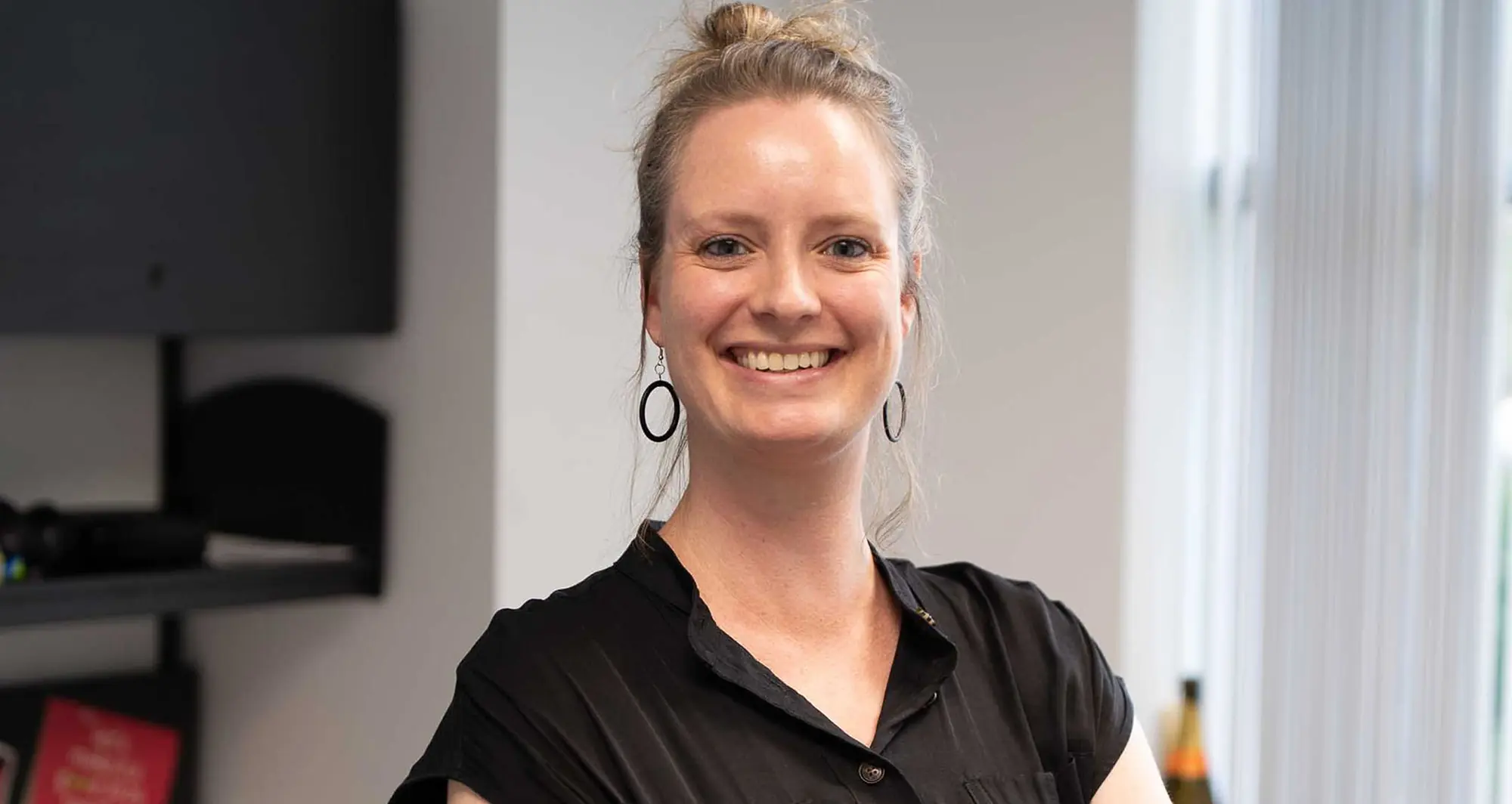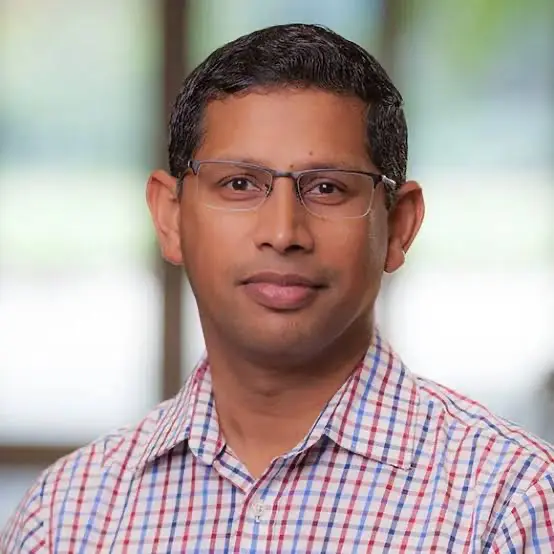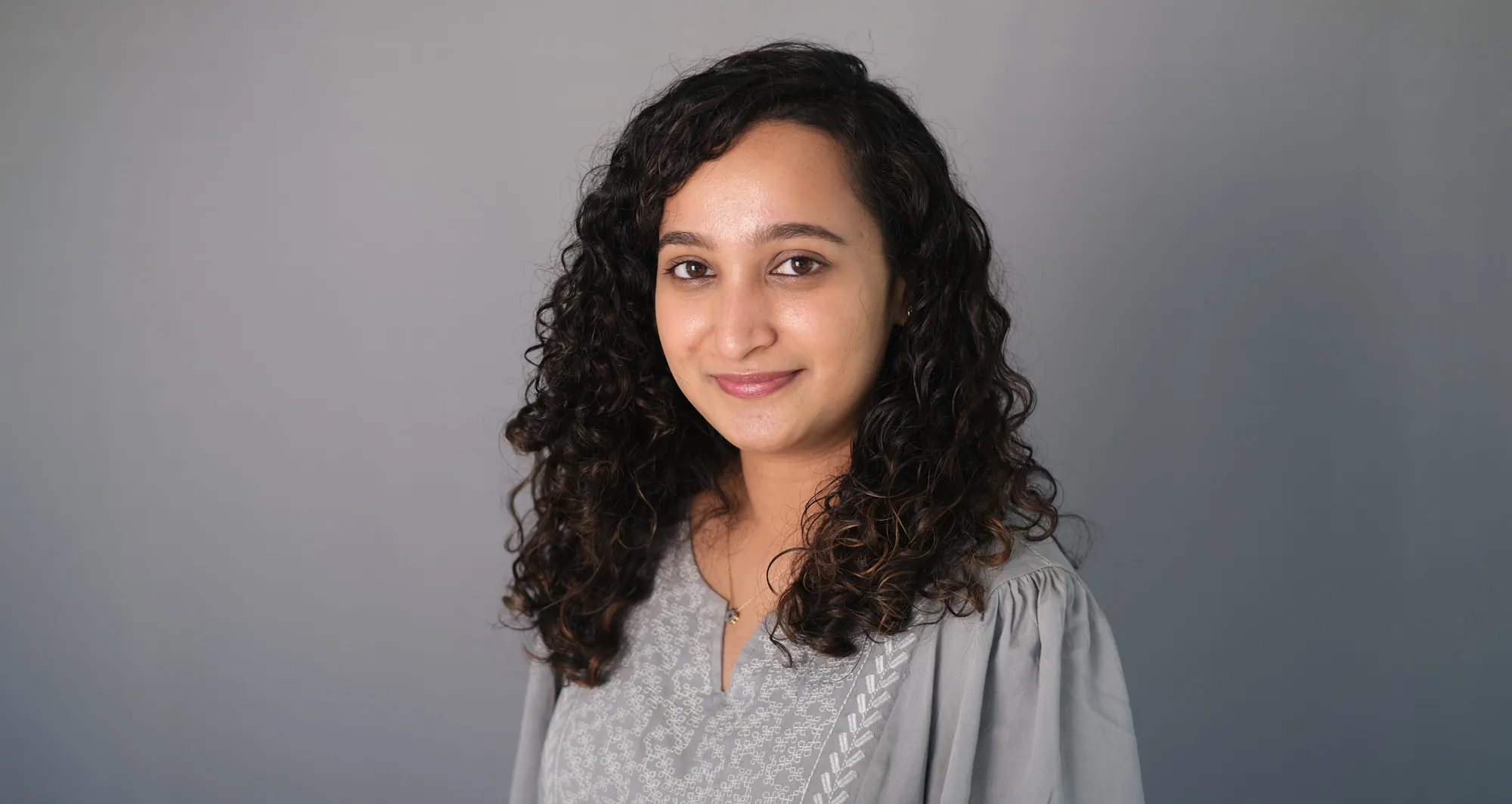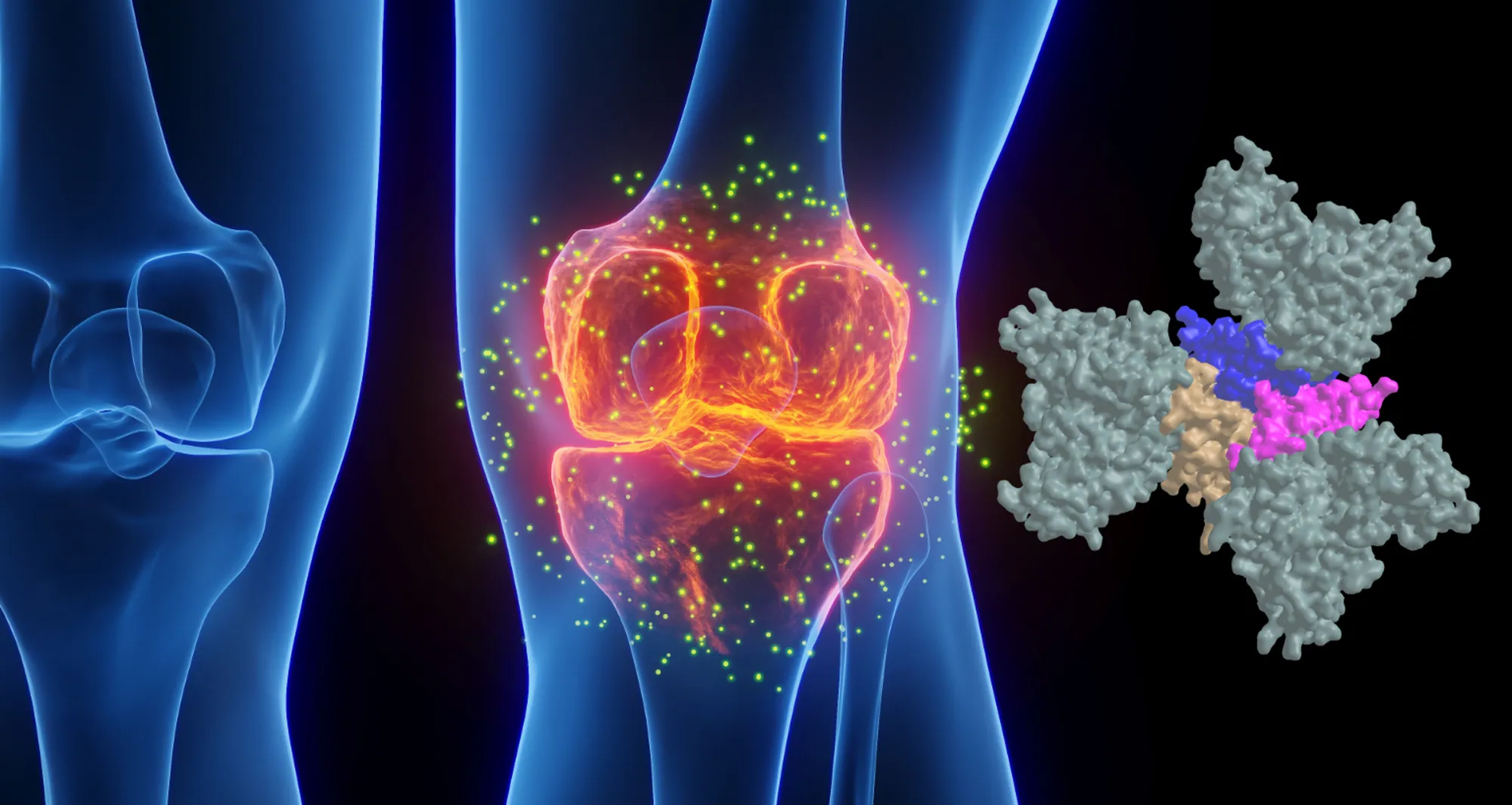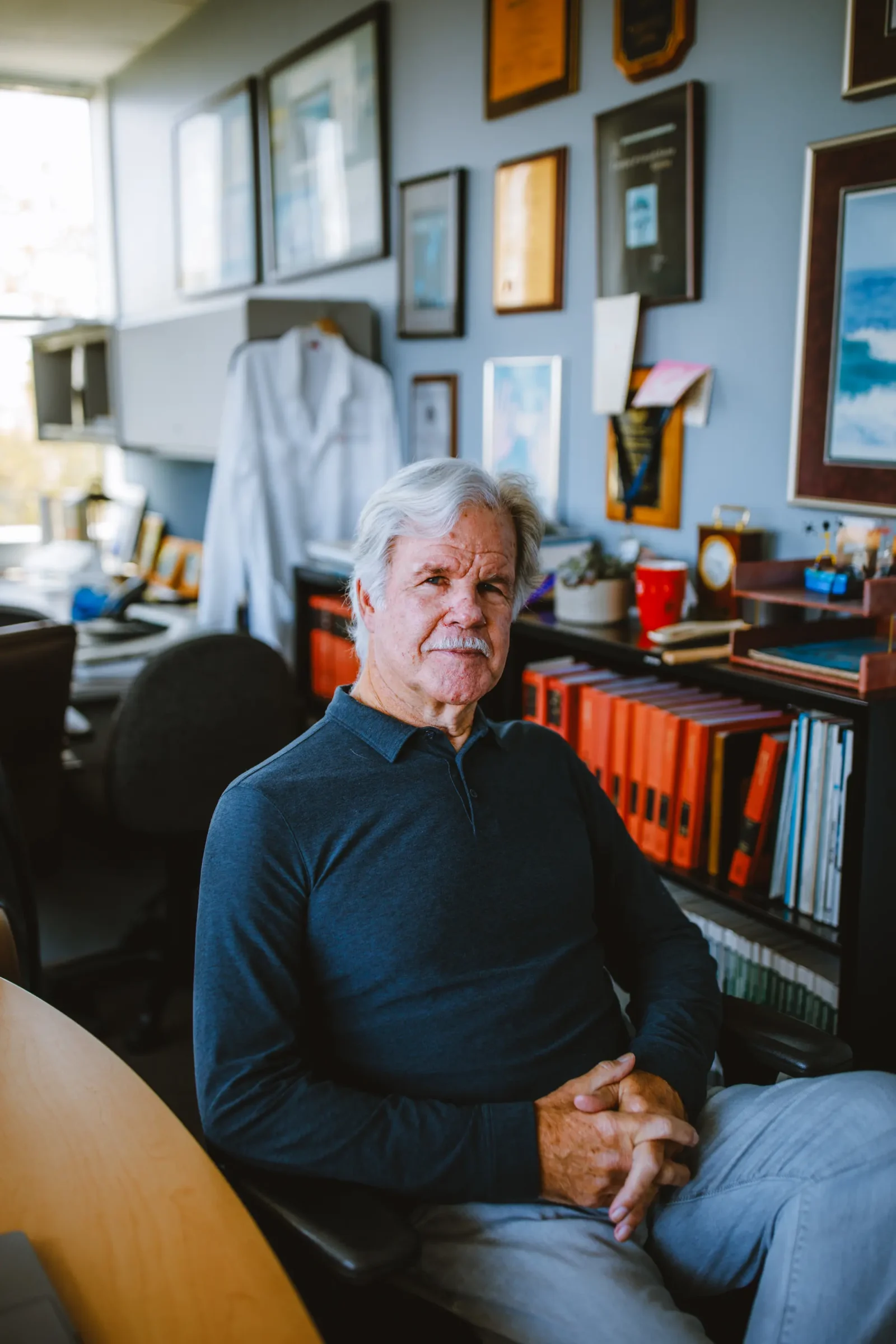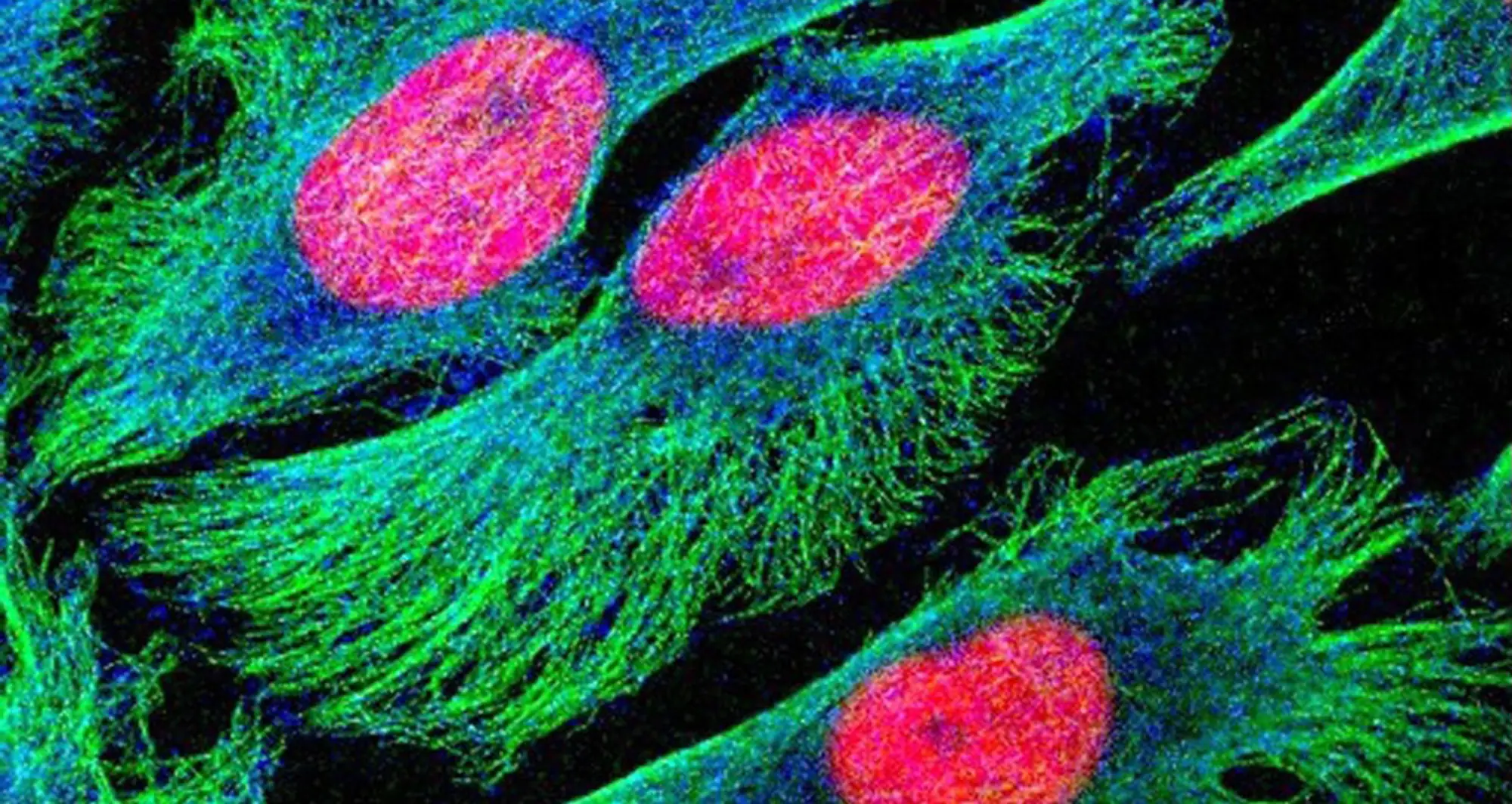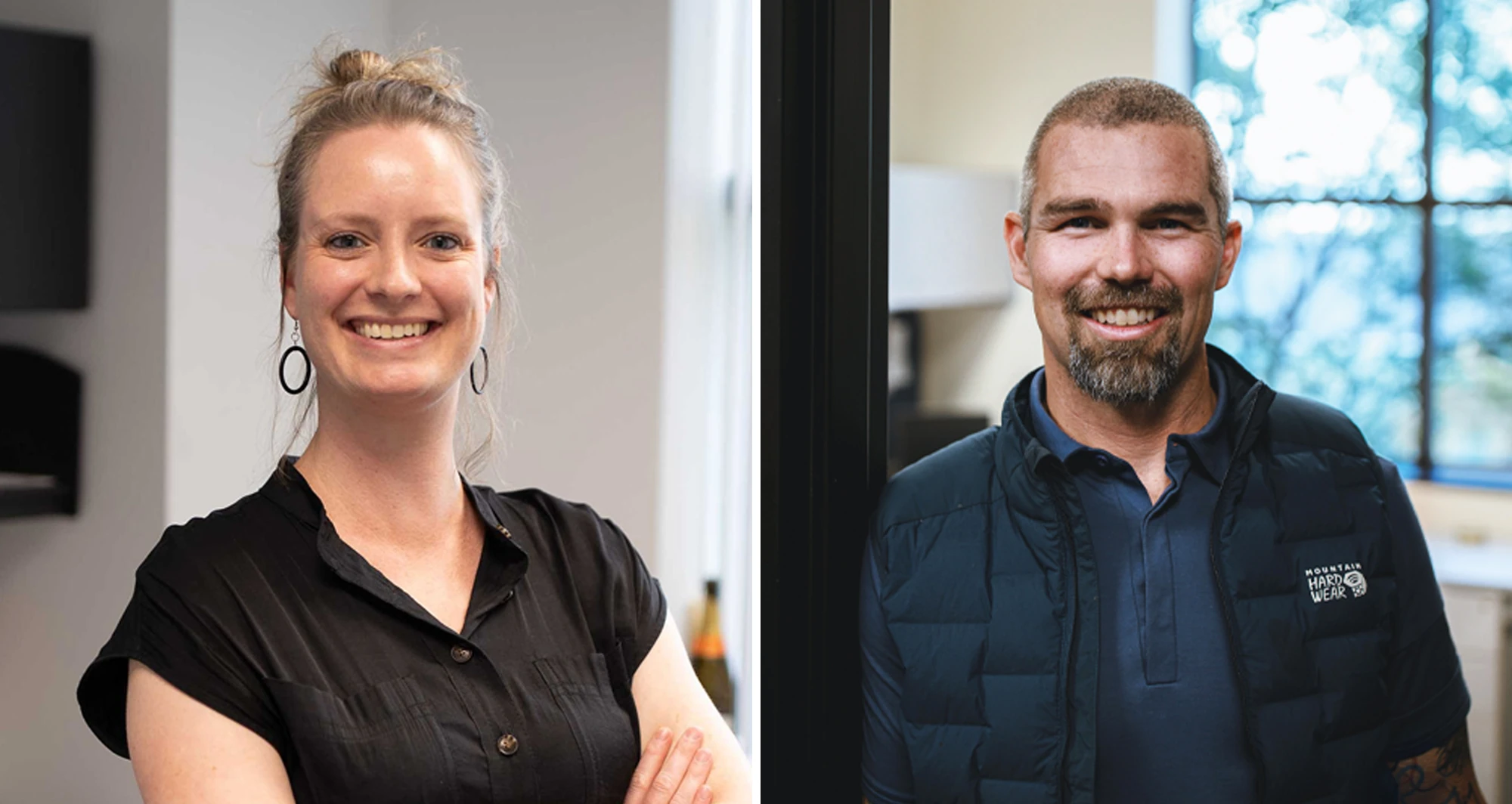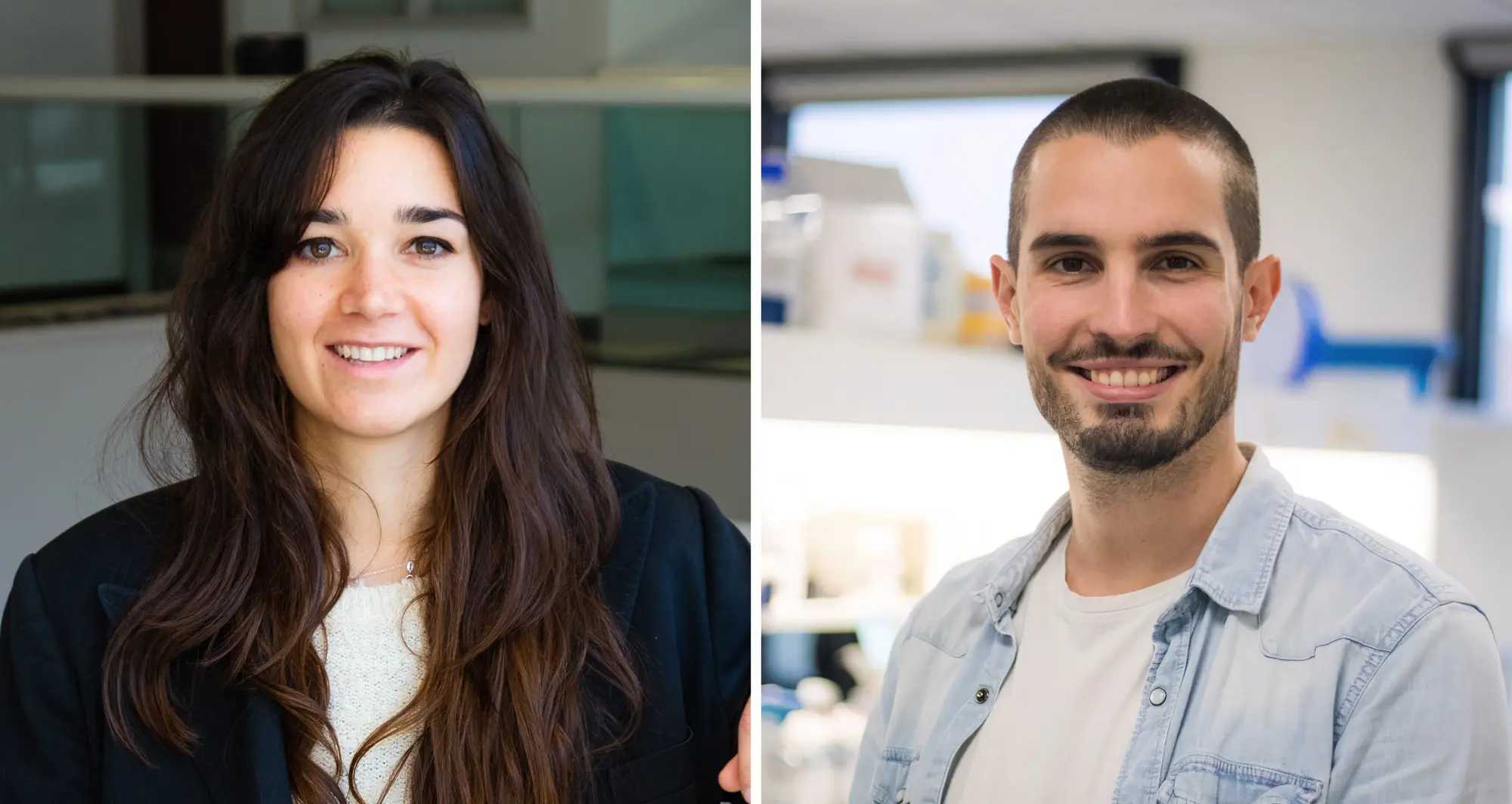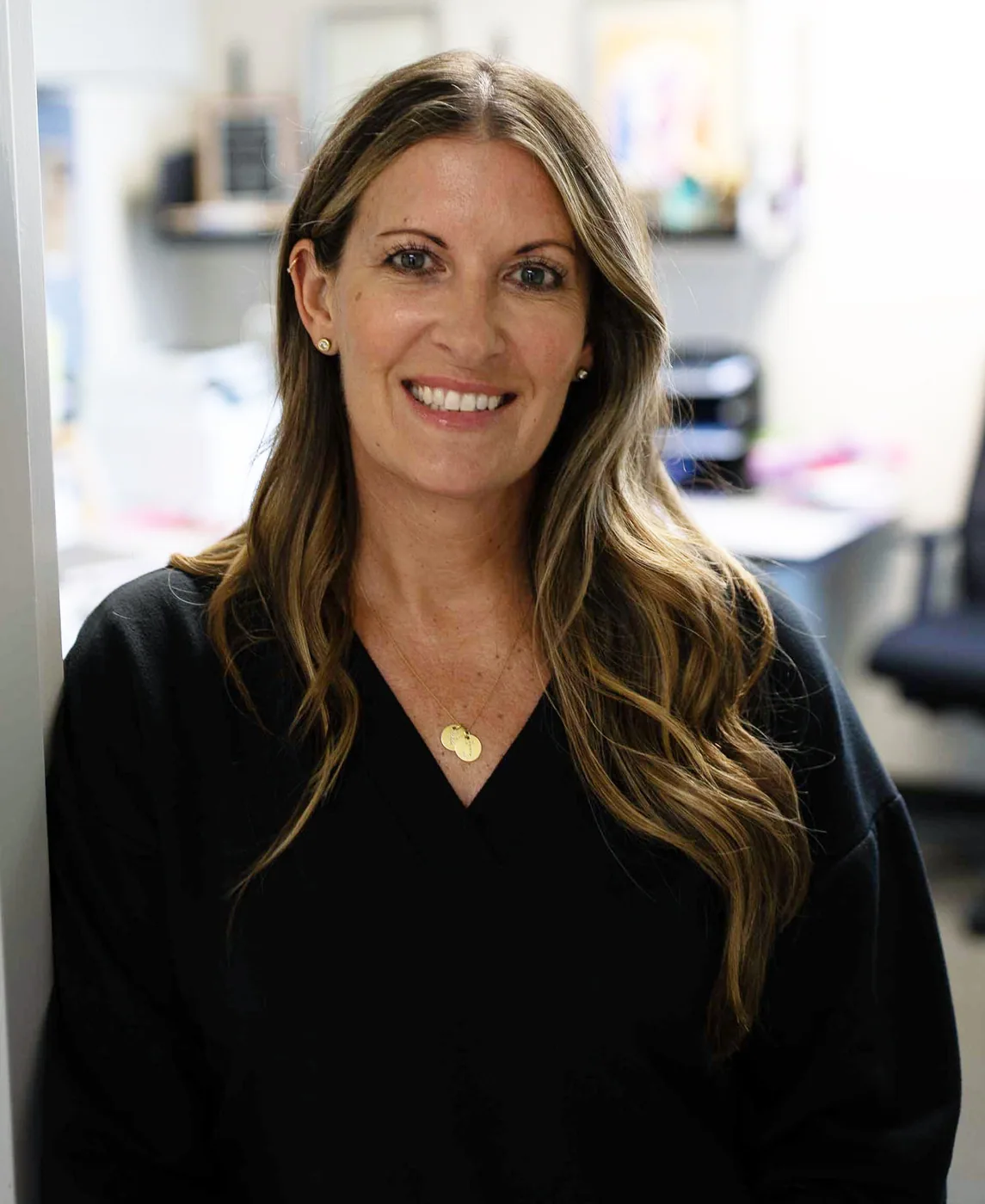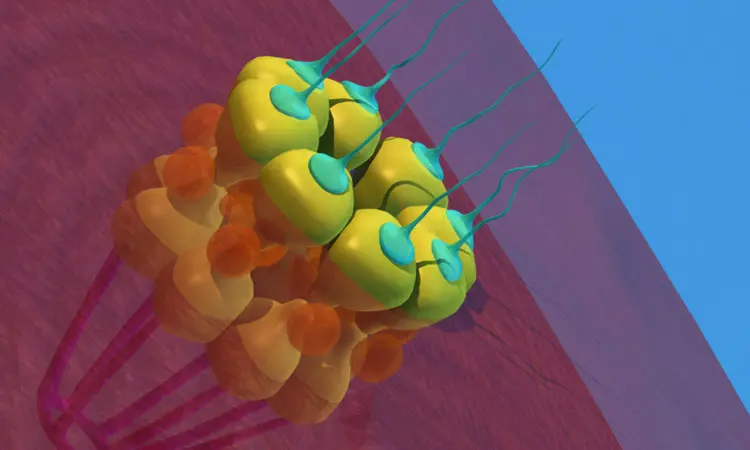Sushmitha Vallabh, a senior lab manager at Sanford Burnham Prebys, was recognized for her outstanding contributions by Lab Manager magazine during the publication’s celebration of Lab Manager Appreciation Month in October 2024.
The magazine encouraged readers to nominate peers who demonstrate exceptional leadership in their labs. The team behind the publication also plans virtual and in-person professional development events for lab managers, as well as offers digital learning and certificate programs through The Lab Manager Academy.
Vallabh works in the lab of Carl Ware, PhD, a professor in the Immunity and Pathogenesis Program at Sanford Burnham Prebys. We caught up with Vallabh to discuss this national recognition.
How did you enter the field of lab management?
Before joining Sanford Burnham Prebys, I was at the Cincinnati Children’s Hospital Medical Center. I completed a master’s degree there and then joined the lab I had trained in as a staff member.
I was in that lab for close to four years, and during that time it grew considerably. One of the senior research technicians left, so I took over some of the lab management tasks, such as ordering supplies and making sure protocols were in place.
When I moved to San Diego and applied for a research technician job at my current lab, we ended up discussing my lab management experience. The lab also had a need in that area, so I ended up joining as a lab coordinator in 2020 and being promoted to lab manager the following year.
What do you like most about your role?
I like it when I’m able to solve problems. Every day, I discuss a variety of issues with any number of lab members. I try my best to find solutions for everyone, and it is always fulfilling to be able to answer questions and resolve challenges.
What did it mean to you to be selected for this honor?
I was very, very surprised, but in a good way. It felt especially rewarding because I’ve been following Lab Manager magazine for quite some time now. It is a great organization that provides professional development opportunities for lab managers, so it is nice to be honored by a group doing important work in the field.
What is the most important trait or skill you can help foster to make a lab more successful?
I think training is crucial. Even when new lab members join that have significant research experience, all labs and organizations are different. It is important to train new members on lab standards and protocols in order to set each individual within the lab up for success.
What is the top piece of advice you would give to someone considering entering your field?
Not to react quickly or jump to conclusions. Disagreements and conflicts will happen, and it is always important to talk to everyone involved before determining how best to resolve the situation.
Is there anyone you would like to acknowledge that helped you achieve this honor?
Zumi Alvarado is a lab coordinator at Sanford Burnham Prebys. I have trained her on our standards and protocols to facilitate collaboration between our labs. She thought there were practices she could adapt to her own team, so that must be why she nominated me for this award. It was thoughtful of her to put me in the running for this recognition.
I’m also grateful to Carl as my principal investigator. He has full faith in me, and he’s always there to help if I reach out about a problem. Also, I’d like to thank Paula Norris, the Ware lab’s lab director when I was hired. She was a wonderful mentor as I was learning about the lab.

